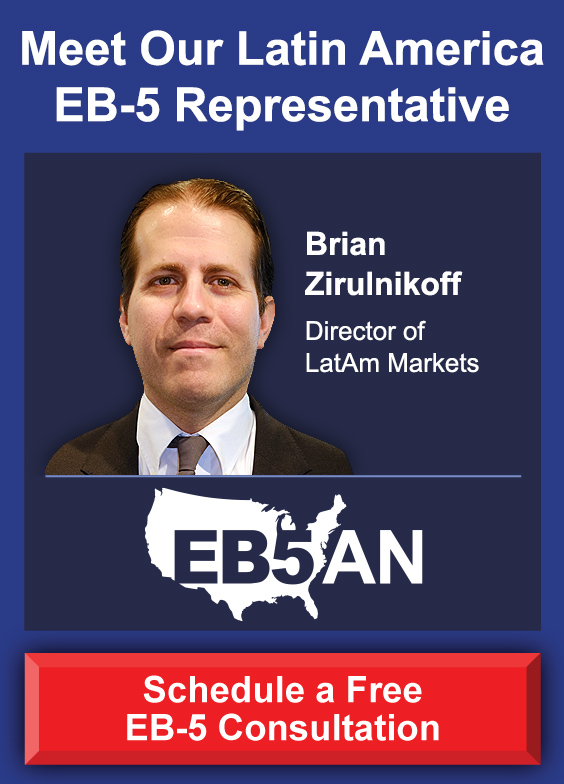Many people from around the world aspire to relocate to the United States, a country known as the land of opportunity. Since its introduction in 1990, the EB-5 Immigrant Investor Program has been one of the most popular routes to a U.S. green card and potential future citizenship, as it is a relatively low-risk and efficient way to apply for a visa.
This article summarizes the process of obtaining an EB5 investment visa, from investing in an EB-5 project to securing permanent residency. Here, we explain how EB-5 investors and their immediate family members can secure legal permanent resident status through the EB-5 program.
1. Investing in an EB-5 Project
The first step towards gaining U.S. permanent residency through the EB-5 investment program is finding a suitable EB-5 project. United States Citizenship and Immigration Services (USCIS) sets out clear requirements for qualifying projects, and it is important for prospective investors to examine projects in light of these regulations.
Foreign nationals who want to apply for an EB-5 investment visa are advised to work with an experienced immigration attorney. Immigration counsel can help investors to identify low-risk EB-5 projects that comply with USCIS criteria.
It is also important to choose an EB-5 project that has the potential to create the required jobs. According to USCIS regulations, EB-5 investments must create at least 10 full-time jobs for U.S. workers. Some projects aim to create more jobs than this minimum requirement, thus offering additional security.
2. Filing the I-526 Petition
After an EB-5 investment is made, a foreign national must submit Form I-526 to USCIS. In this petition, the investor needs to establish that (1) they made an investment in a qualifying new commercial enterprise (NCE), (2) the funds used for the investment are from a legal source, and (3) the investment will remain at risk.
One of the most challenging parts of completing Form I-526 is establishing that the funds were sourced legally. For example, if the investor wishes to use capital from a real estate sale, it is not enough to submit documents related to the sale. The investor will also need to show how they sourced the funds to buy that property in the first place.
Gathering such detailed documentary evidence can be complex, and discrepancies in the paperwork can lead to USCIS issuing a request for evidence (RFE) or a denial.
3. Conditional Permanent Residency
Once USCIS approves an I-526 petition, the investor receives a two-year conditional permanent resident permit. During this period, the investor is allowed to live and work in the United States.
The EB-5 project needs to progress according to the plans laid out in the I-526 petition. This includes keeping the EB-5 investment funds at risk and creating the required jobs within these two years.
4. Filing the I-829 Petition
The final stage of the EB-5 investment process is to file Form I-829. An investor must file Form I-829 during the last 90 days of their conditional residency.
In this petition, the investor needs to establish that their EB-5 investment fulfilled USCIS requirements, particularly the job creation threshold. After an I-829 petition is approved by USCIS, the investor is granted permanent resident status in the United States.
Foreign nationals should start working with a qualified immigration attorney to select a suitable project and start gathering the evidence they will need during the process. Working with an experienced consulting firm like EB5AN can also provide valuable insight.








